The Land is Our Legacy
Help us build deeper roots through regenerative management to safeguard a sustainable future.
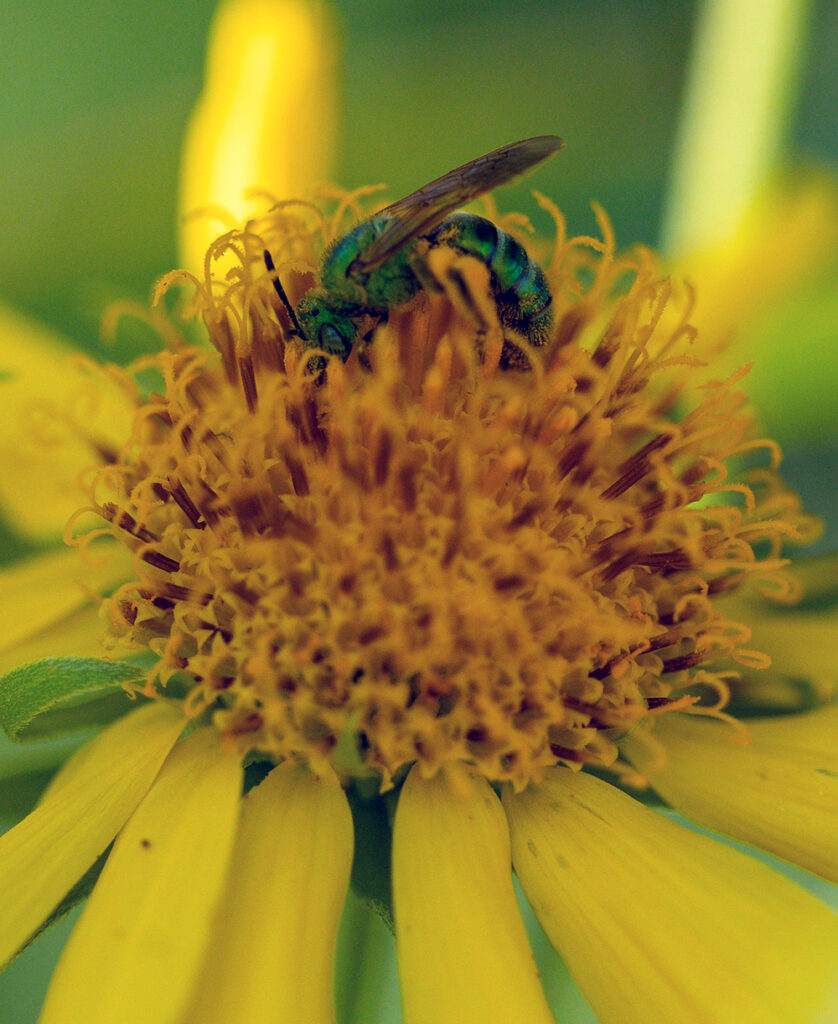
Environment & Climate Health
Regenerative ranching is living in harmony with nature. Understanding the science behind soil health, you do less damage to the land. We know animals, plants and soil thrive when they’re paired together properly. Nature has been telling us less is more, and regenerative management embodies that idea. Learning from yesterday, we become deeply rooted in tomorrow.
Through sustained use of regenerative management, farmers and ranchers significantly reduce the need for synthetic chemicals and pesticides. When chemicals aren’t used to suppress certain plant species, biodiversity thrives and brings with it food and habitat for pollinators and wildlife. More ecosystem diversity creates healthier soil, which is better able to withstand both erosion from heavy rain and sustained periods of drought.
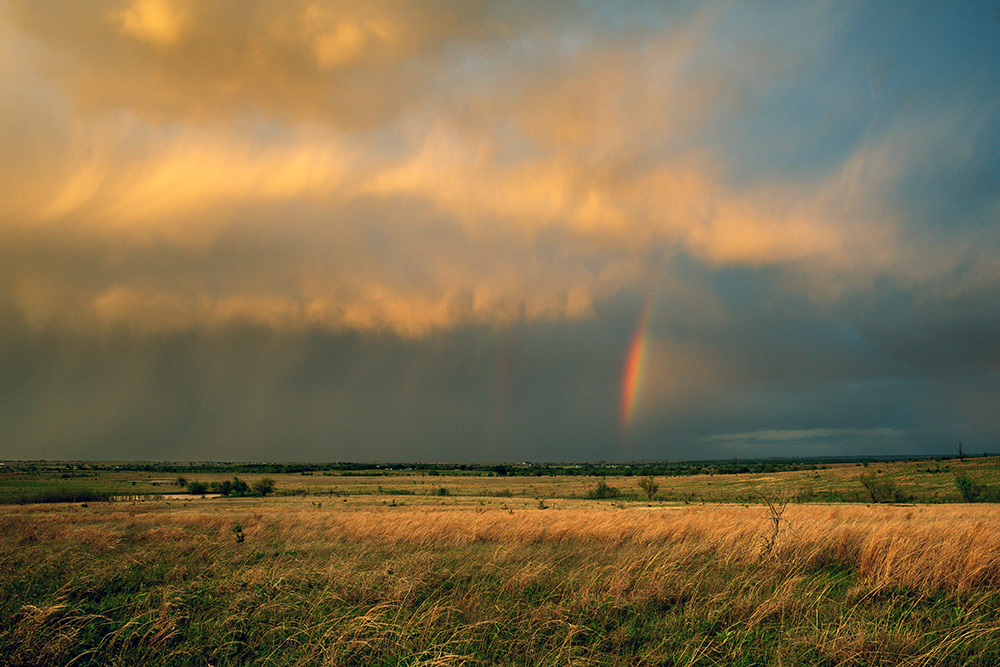
FACTS:
- 1.5 TONS | One acre of regenerated land can sequester up to 1.5 tons of carbon.
- 33% | Nearly 1 in 3 freshwater fish species in North America are at risk of extinction due to polluted freshwater habitats.
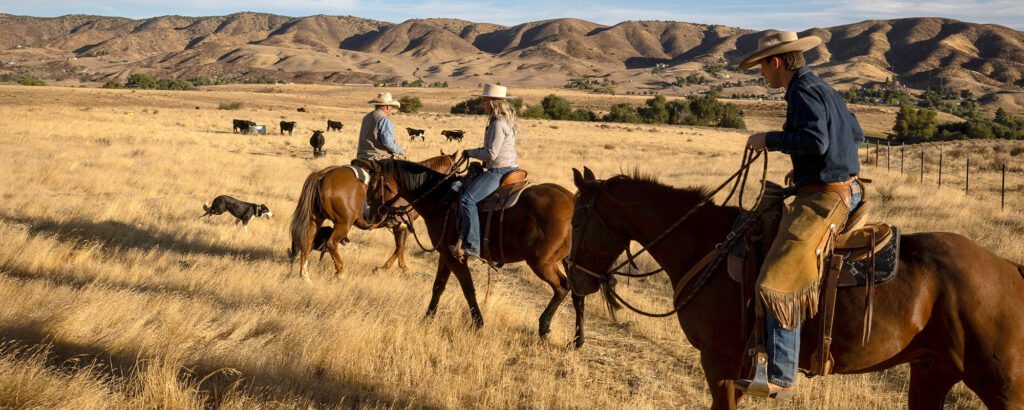
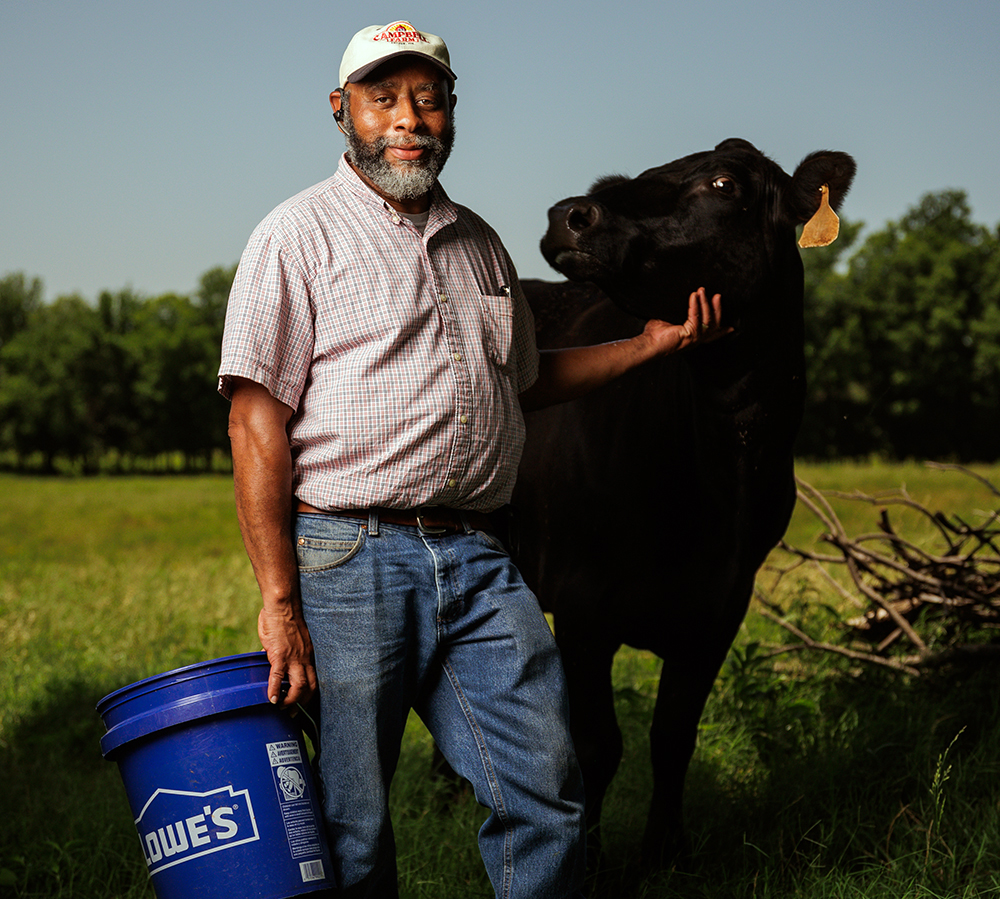
Rural Prosperity
Ranches and farms are critical to the infrastructure of America, just like roads and bridges. Family-owned farms and ranches, which account for 96% of U.S. farms and ranches, are the backbone of our rural economy. However, they are disappearing at a startling rate. Noble Research Institute is helping ranchers stay on their land and be successful.
By implementing regenerative principles that yield healthier soil and more productive grazing land, farmers and ranchers find economic success, too. A growing body of research shows that transitioning to regenerative land management is more profitable for farmers and ranchers. Regenerative management reduces overhead costs, focuses on the best use of the land and resources and allows farmers and ranchers more flexibility with their income.
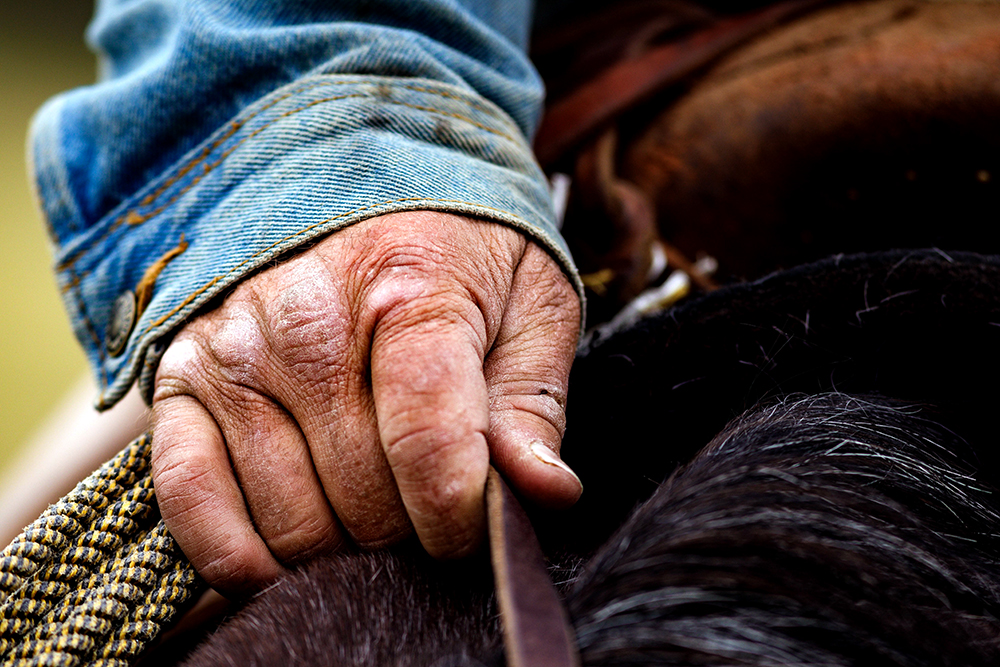
FACTS:
- 169 PEOPLE | On average, one U.S. farm feeds 169 people annually in the U.S. and abroad.
- 15 ¢ | Farmers and ranchers receive only 15 cents (on average) out of every retail dollar spent on food at home and away from home.
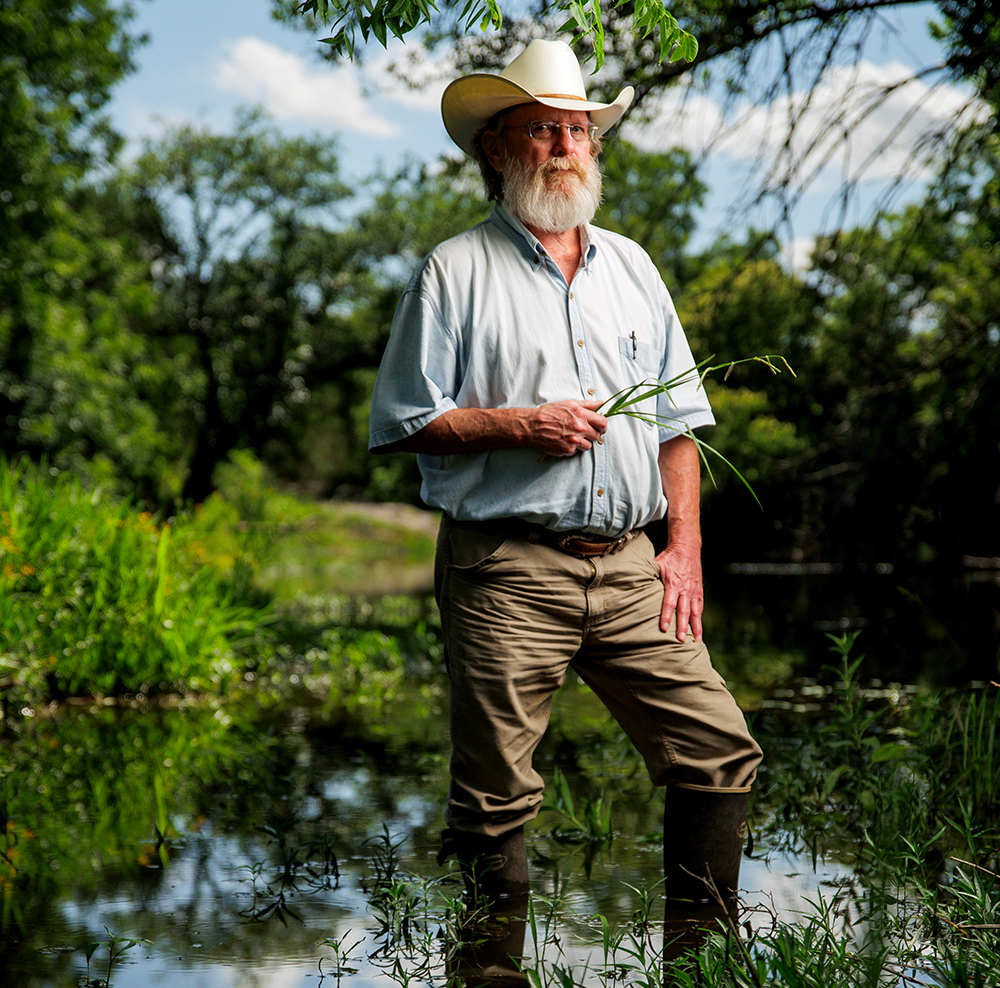
Water Conservation
When thinking about critical resources and your community, water is essential. However, water scarcity is growing across much of the United States. As regions experience increasingly common environmental events that strain resources like water quality, regenerative land management can establish an ecological balance between humans and nature, supporting cleaner water and the life that relies upon it.
Regenerative management develops healthier soil that absorbs more water during rain events and can return it to plants as needed during periods of drought. It reduces erosion of soil and pollutants into nearby waterways, ensuring cleaner water. Regenerative management is the first step in the process of restoring not only the soil, but wildlife, plants, waterways and ecosystems. Regenerating the land can lead to healthy rural communities, healthy families and healthy livestock.
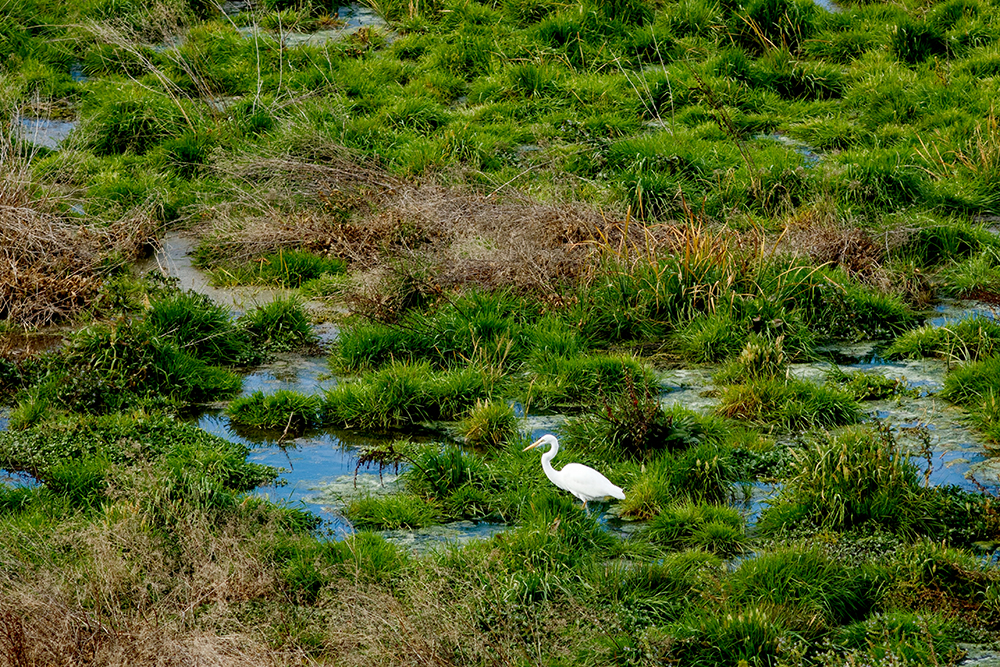
FACTS:
- 20K | Every 1% increase in soil organic matter can result in up to 20,000 gallons of available soil water per acre.
- WATER QUALITY FACT – 42% | Agricultural irrigation accounted for 42 percent of the nation’s total freshwater uses in 2015.
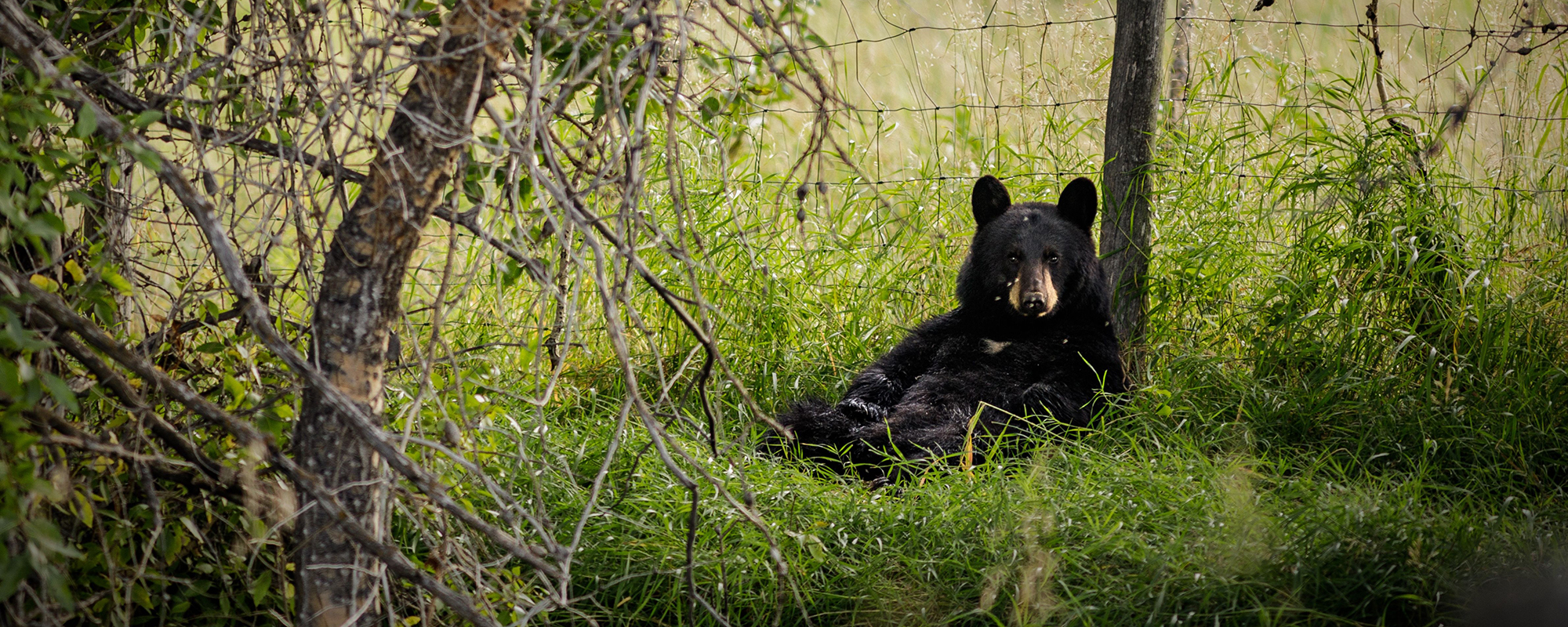
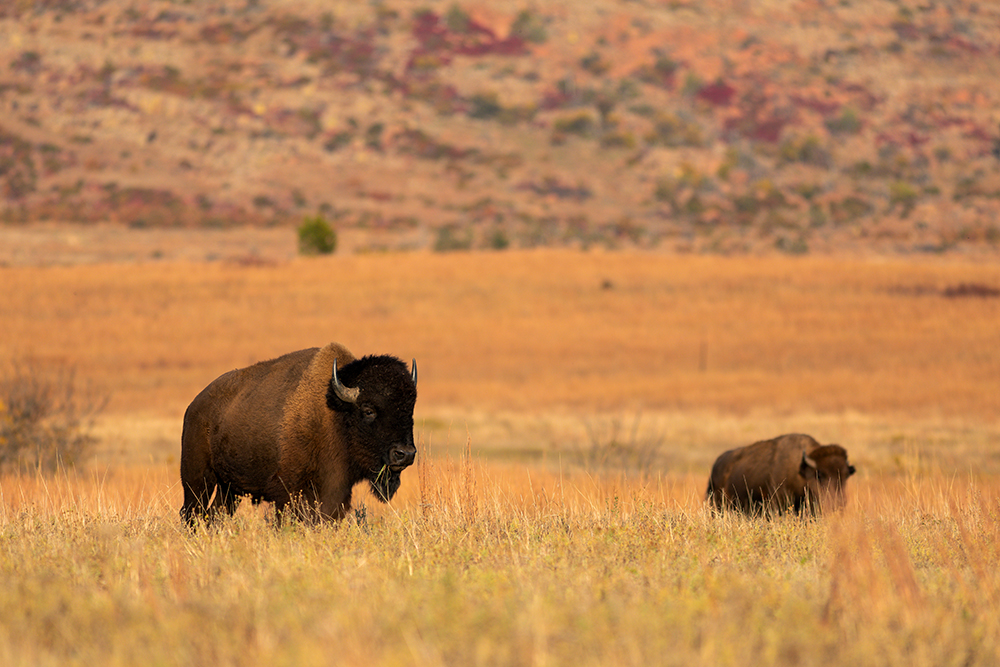
Wildlife Habitat Conservation
Have you ever asked yourself how you benefit from nature? Whether it be fishing, hunting, bird watching or taking in all the majesty of our environment, nature provides us with so much enjoyment. How would a future without nature impact your life? We all know we have to preserve wildlife habitats, biodiversity and resources for our communities. Learn more about how regenerative management can help conserve our environment.
Biodiversity is essential. Regenerative grazing practices, modeled after the historical grazing patterns of bison, lead to a greater variety of grassland vegetation. This biodiverse vegetation creates a thriving ecosystem for wildlife, including insects and animals. Keystone species, like beavers, bobwhite quail and dung beetles, are a key indicator of good land management. Restoring plant and ecosystem diversity to America’s grasslands is possible through regenerative land management.

FACTS:
- 2 MILLION | On average, the United States loses 2 million acres of grasslands each year.
- 34% | By the year 2100, urban land conversion will reduce local species diversity by 34%.
Together, We Can Revive Our Nation’s Grazing Land
Your generosity empowers farmers and ranchers to adopt regenerative management practices that revitalize our grazing lands. Every farm or ranch transformed into a healthy landscape is a testament to the profound impact of your support. You can help us shape a future where agriculture thrives in harmony with nature.
The Land is Our Legacy.